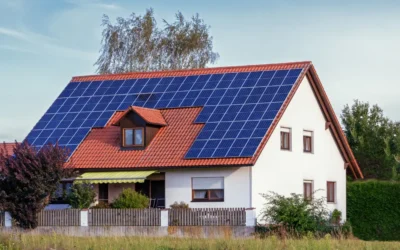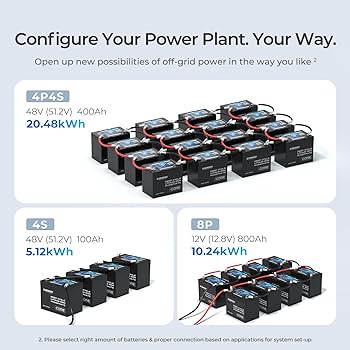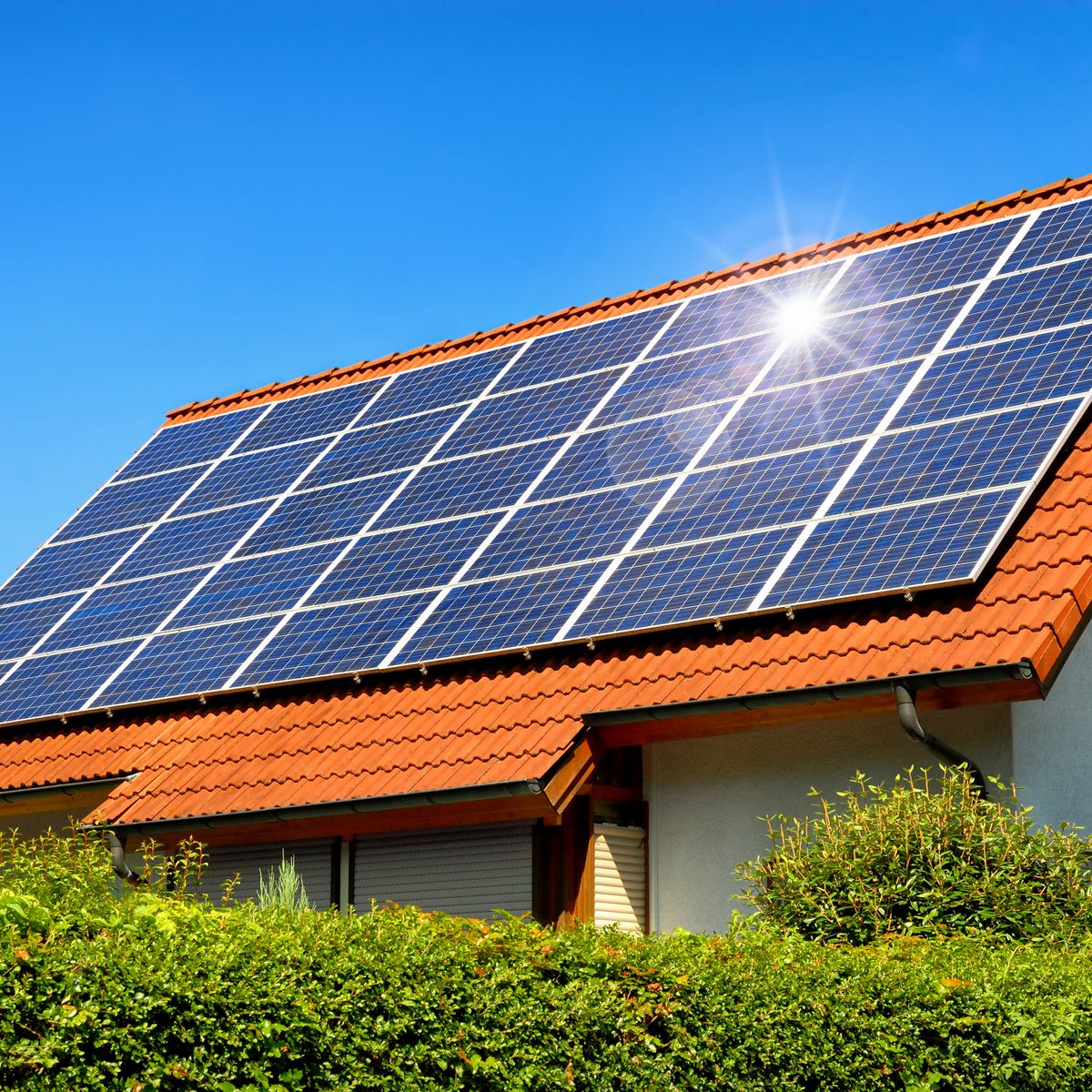10 Solar Power Myths Debunked: Solar power is a reliable and cost-effective energy source, contrary to popular belief. Say goodbye to these falsehoods.
Solar power is a top contender in the energy industry and here’s why: it’s constantly improving, affordable, and has low maintenance requirements. This renewable energy source also has the potential to outweigh the disadvantages of traditional power sources. We will unveil the truth behind the most common solar power myths.
So, let’s dive in and separate fact from fiction to gain a clearer understanding of solar energy’s true capabilities.
Table of Contents
Myth 1: Solar Panels Are Unreliable
There is a common perception that solar panels are unreliable, leading many to question the effectiveness of relying on solar power. However, it’s time to debunk this myth and shed light on the realities of solar panel durability.
Explanation Of Solar Panel Durability
Solar panels are designed to withstand harsh weather conditions and have a long lifespan. The main component of a solar panel is photovoltaic (PV) cells that convert sunlight into electricity. These cells are protected by a durable layer of tempered glass, which is highly resistant to impact and can endure even the harshest of weather conditions, including hailstorms and heavy snowfall.
The solar panels also have an aluminum frame that provides structural integrity and protects the cells from physical damage.
Moreover, modern solar panels undergo rigorous testing and certifications to ensure their durability and performance. They are designed to withstand extreme temperatures, making them suitable for both hot and cold climates.
Debunking The Unreliability Perception
Contrary to the perception of unreliability, solar panels are proven to be highly dependable and efficient. Here are a few reasons to debunk the notion that solar panels are unreliable:
- Solar Panel Warranties: Solar panel manufacturers offer extensive warranties that typically range from 20 to 25 years. These warranties cover potential defects and ensure that the panels will continue to generate electricity efficiently for decades, giving you peace of mind.
- Long Lifespan: Solar panels have an average lifespan of 25 to 30 years, and with proper maintenance, they can even last longer. This means they can continue to generate clean and sustainable energy for an extended period.
- Minimal Maintenance: Solar panels require minimal maintenance. Regular cleaning to remove dust or debris accumulation is usually sufficient to keep them functioning optimally. Most solar panel systems come with monitoring software, allowing easy tracking of energy generation and system performance.
Whether you live in a sunny climate or experience frequent cloudy days, solar panels are a reliable and durable solution for harnessing renewable energy. They are a smart investment that not only helps reduce your carbon footprint but also provides a reliable source of clean energy for decades to come.
Myth 2: Solar Energy Is Expensive
Many people believe that solar energy is an expensive investment, but the truth is quite the opposite. Let’s debunk this myth and explore the real cost dynamics of solar power.
Cost Reduction Through Technological Advances
The reality is that the cost of solar energy has significantly decreased over the years due to rapid technological advancements. Innovations in solar panel manufacturing, improved design efficiency, and streamlined installation processes have led to a substantial reduction in upfront costs. With the advancements in photovoltaic technology, solar systems have become more affordable and accessible than ever before.
Calculating Long-term Savings
When evaluating the expense of solar energy, it’s crucial to consider the long-term savings it offers. While the initial investment may seem significant, it’s essential to calculate the long-term financial benefits. Solar panels typically have a lifespan of 25-30 years, and the savings accumulated from reduced electricity bills and potential incentives can outweigh the upfront costs over time.
Myth 3: Solar Power Is Inefficient
There is a common misconception that solar power is inefficient. However, significant advancements have been made in solar panel technology, making them more efficient than ever before. Let’s explore some key insights that debunk this myth.
Improvements In Solar Efficiency
Over the years, there have been remarkable improvements in solar panel efficiency. Manufacturers have been able to enhance the performance of solar panels, resulting in increased energy production. The integration of new materials and advancements in photovoltaic technology have significantly boosted the efficiency of solar panels across the board.
Addressing Misconceptions About Efficiency
- Contrary to popular belief, modern solar panels can convert a higher percentage of sunlight into electricity, thereby maximizing energy output.
- Advancements in solar technology have led to the development of more efficient solar cells, enabling improved energy conversion rates.
- It’s important to debunk the misconception that solar power is inherently inefficient, as current solar panels can convert a substantial portion of sunlight into usable electricity.
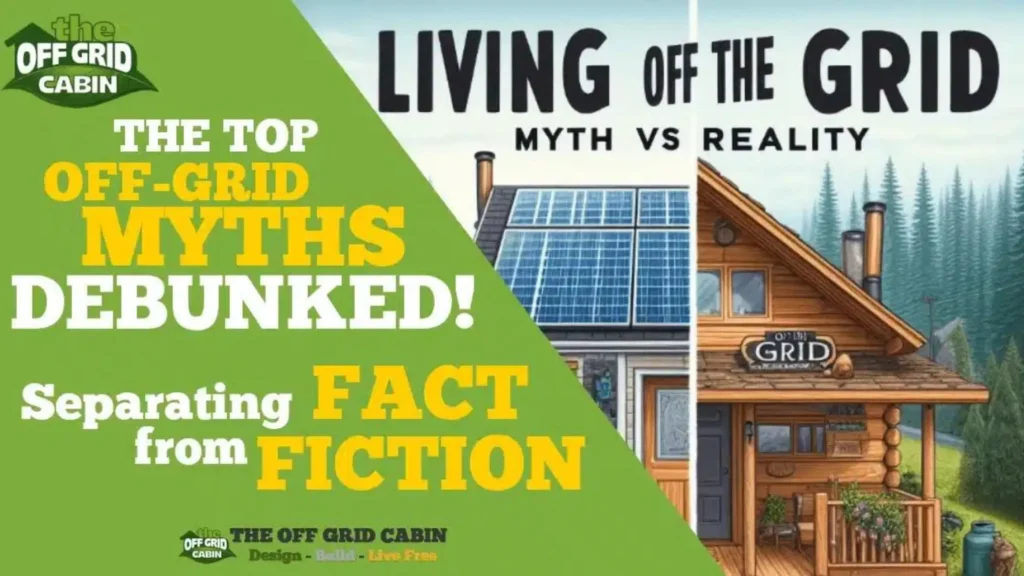
Credit: theoffgridcabin.com
Myth 4: Solar Panels Require Constant Maintenance
Many believe that solar panels are high-maintenance, but this is a common misconception.
Maintenance Practices For Solar Panels
Solar panels are actually extremely low-maintenance compared to other power sources.
You can keep them clean by simply rinsing with water a few times a year.
Longevity Of Solar Panel Systems
A well-maintained solar panel system can last for over 25 years, providing efficient energy throughout its lifespan.
Getting your solar panels inspected annually can ensure they are working optimally.
Myth 5: Solar Energy Is Only Feasible In Sunny Climates
While many believe solar energy is only viable in sunny areas, technological advances have made solar power feasible in all climates. In fact, solar panels can generate electricity even on cloudy days. Thanks to innovative solutions, solar energy is now a reliable source of power worldwide.
Exploring Solar Viability In Different Regions
How Solar Works In Varied Weather Conditions
Myth 5: Solar Energy Is Only Feasible in Sunny Climates.
Solar power is often associated with sunny climates, but this is a common misconception. While it’s true that solar panels rely on sunlight to generate electricity, solar energy can still be a viable option in regions with less sunshine.
Exploring Solar Viability In Different Regions
When it comes to solar viability, it’s essential to consider factors beyond just the number of sunny days. The efficiency of solar panels depends on several other factors, including irradiance levels, which is the amount of solar radiation received per unit area.
In regions with lower sunshine levels, such as areas with cloudy or overcast weather, solar panels can still capture sufficient amounts of energy to power homes and businesses. Thanks to advancements in solar technology, panels can now harness energy even in diffuse sunlight conditions.
Furthermore, solar power systems can still contribute to energy production during winter months or in regions with shorter days. While solar panels may generate less electricity during these periods compared to sunny climates, they can still significantly reduce reliance on traditional power sources.
How Solar Works In Varied Weather Conditions
Solar panels are designed to work in a variety of weather conditions, not just in direct sunlight. They are capable of capturing solar energy from all parts of the light spectrum, including ultraviolet and infrared rays. Even on cloudy days, solar panels can convert these wavelengths into usable electricity.
During rainfall, solar panels can continue to generate electricity as they are not reliant solely on direct sunlight. Rainwater can even help to clean the panels, improving their efficiency. Moreover, snow covering the panels can slide off easily due to their slick surface, allowing them to resume generating power.
In regions with extreme heat, solar panels may experience a slight decrease in efficiency due to the increased temperature. However, modern solar technology incorporates heat-resistant materials, mitigating the impact of high temperatures and ensuring consistent performance.
In conclusion, solar energy is not limited to sunny climates. With advancements in technology and improvements in solar panel efficiency, solar power can be a viable and reliable energy source in various regions and weather conditions. Whether it’s a sunny or cloudy day, solar panels can continue to harness renewable energy and contribute to a greener future.
Myth 6: Solar Panels Cause Damage To Roofing
Debunking the myth that solar panels cause damage to roofing, experts have found that when installed correctly, solar panels can actually protect the roof from the elements. Proper installation involves securing panels without compromising the integrity of the roof, making them a safe and reliable choice for renewable energy.
There is a common misconception that installing solar panels on your roof will lead to damage. However, this is simply not true. Solar panels can be safely and securely installed on various types of roofing materials without causing any harm. In fact, solar panels can actually help protect your roof and extend its lifespan. Let’s debunk this myth and explore how solar panels can be compatible with different types of roofs.
Roof Compatibility With Solar Panels
Many homeowners worry that their roofs may not be suitable for solar panel installation. They fear that the weight of the panels, the mounting process, or the attachment methods will weaken or damage their roof structure. Fortunately, solar panel installation is carefully planned and executed to ensure compatibility with different roofing materials.
The weight of solar panels is distributed evenly across the roof’s surface, minimizing any potential strain. Additionally, solar panel systems are designed to be versatile and can be installed on various roof types, including asphalt shingles, metal roofs, flat roofs, and even tile roofs.
Mitigating Roofing Risks
To further address concerns about potential damage, professional solar installers take several precautions to mitigate any risks associated with roof installation. They follow industry best practices and use specialized mounting systems that are specifically designed for solar panels.
One common solution is to use flashing and seals to create a waterproof barrier between the panels and the roof. This prevents any water from seeping underneath the panels and causing leaks or damage. Additionally, installers use non-penetrating mounting systems whenever possible, eliminating the need for drilling into the roof.
Moreover, regular maintenance and inspections are recommended to ensure the continued integrity of both the solar panels and the roof. This includes checking for any signs of wear or potential issues such as loose shingles or cracked tiles. By addressing these maintenance tasks, homeowners can enjoy the benefits of solar energy without jeopardizing the condition of their roof.
Myth 7: Solar Power Is Inconsistent
Grid Connectivity And Solar Power
One of the persistent myths about solar power is that it lacks reliability due to its dependence on weather conditions. However, with advancements in technology, solar power systems can now be integrated with the grid which ensures a consistent energy supply. Grid connectivity allows solar energy to supplement power from the utility grid whenever the solar panels are not generating enough electricity, ensuring a reliable and continuous power supply.
Battery Storage Solutions For Consistency
In addition to grid connectivity, battery storage solutions have further addressed the inconsistency concern associated with solar power. These storage systems allow excess energy generated during the day to be stored for use during the night or during periods of low sunlight. This capability has effectively mitigated the intermittent nature of solar power, making it a dependable and consistent source of energy.
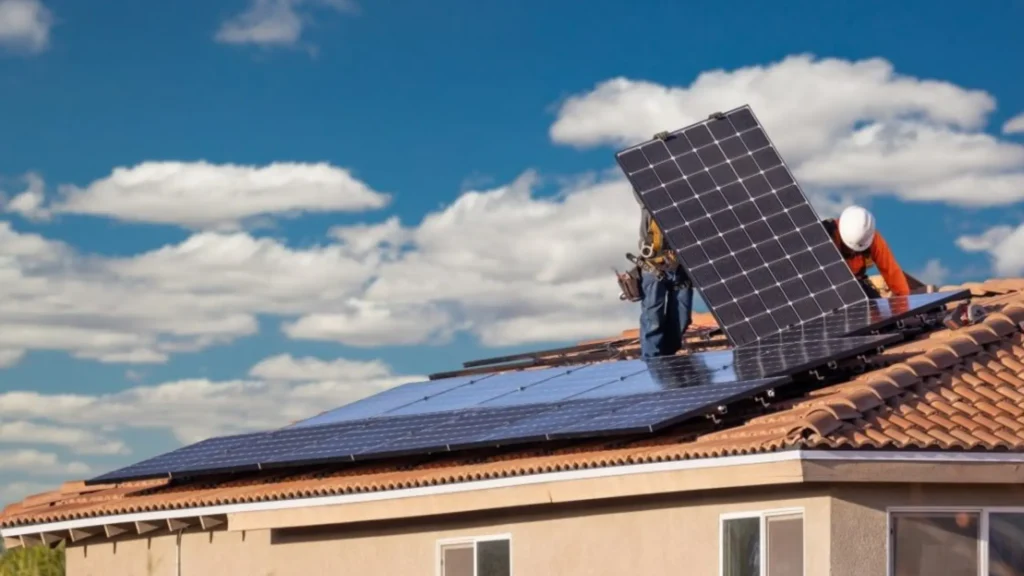
Credit: esdsolar.com
Myth 8: Solar Energy Is Not Environmentally Friendly
Solar energy is often wrongly perceived as not being eco-friendly. Let’s debunk this myth by delving into the environmental aspects of solar power.
Life Cycle Analysis Of Solar Power
Solar power undergoes a life cycle analysis, evaluating its environmental impact from production to disposal.
Comparative Environmental Impact Of Solar Vs Other Energy Sources
When comparing solar energy with other sources, it emerges as a cleaner and more sustainable option.
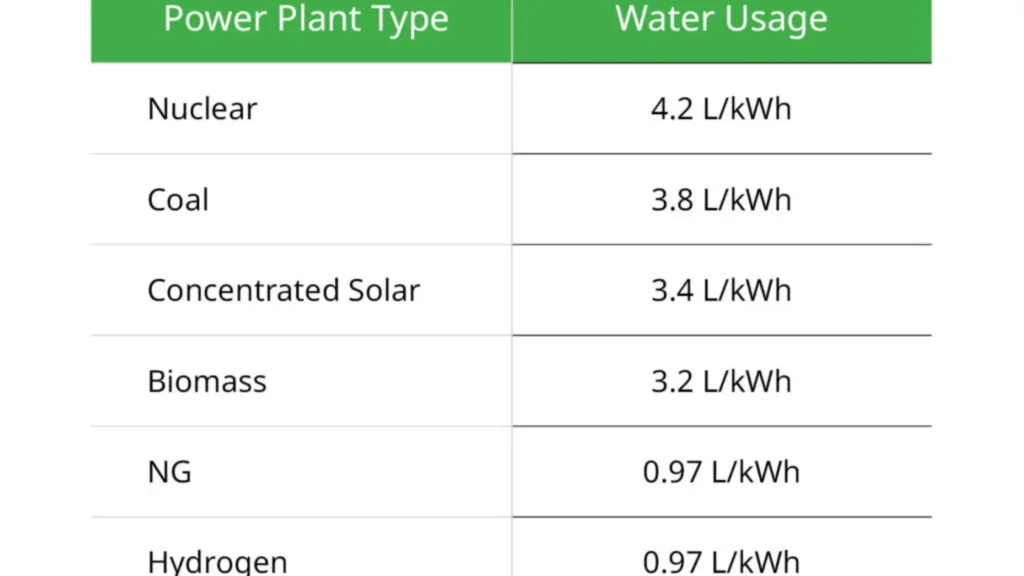
Credit: www.plugpower.com
Frequently Asked Questions Of 10 Solar Power Myths Debunked
Will Solar Power Work In Cloudy Weather?
Solar panels can still generate electricity on cloudy days, although at a reduced capacity.
How Can I Finance A Solar Power Installation?
Options include cash purchase, solar loans, leasing, power purchase agreements, and property assessed clean energy (PACE) programs.
What Are The Environmental Benefits Of Solar Power?
Solar power reduces carbon emissions, promotes energy independence, and conserves natural resources.
Conclusion
In a world burdened by energy crises and environmental concerns, debunking solar power myths is essential. By clarifying misconceptions surrounding solar energy, we empower individuals to make informed choices. The truth is, solar power is a reliable and cost-effective solution, offering numerous benefits for both the economy and the environment.
Embracing this sustainable technology can drive us towards a brighter and greener future. Let’s dispel the myths and embrace the potential of solar power today.




